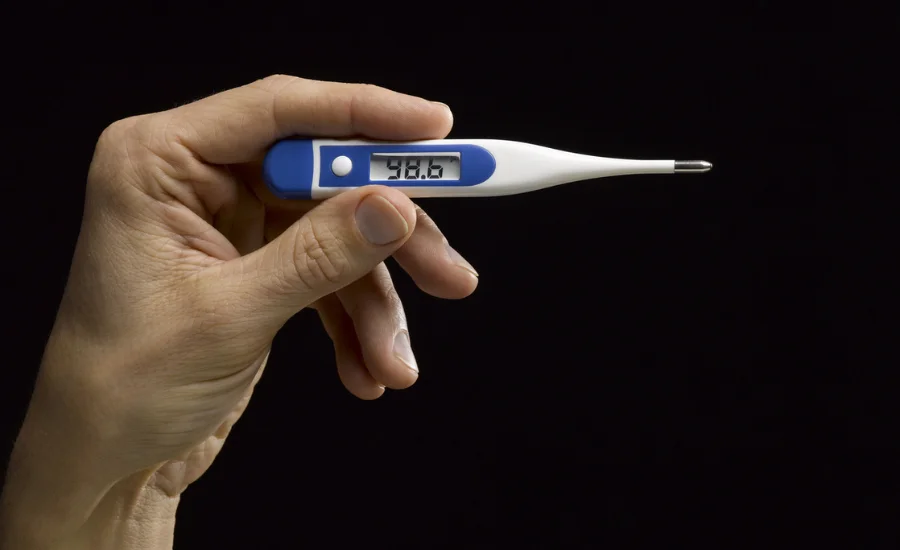Artificial intelligence language models have become incredibly sophisticated, allowing users to fine-tune their outputs with specific parameters. One such model is the coedit model how to use tempearture top_p, known for its adaptability and performance in generating creative content. This article will explore how to effectively use the Coedit model by adjusting the Temperature and Top-p parameters to produce desired outputs.
Understanding the Coedit Model
The Coedit model is a specialized tool designed for collaborative editing tasks. It allows multiple users to work on a single document, providing real-time suggestions and modifications. This model is particularly beneficial for content creators, marketers, and businesses aiming to streamline their content production processes. By leveraging the Coedit model, users can enhance their productivity and ensure content quality through intelligent recommendations.
What are Temperature and Top-p Parameters?
In the realm of AI language models, coedit model how to use tempearture top_p are crucial parameters that significantly impact the model’s output. These parameters help control the randomness and creativity of the generated text, making them essential for achieving the desired tone and structure.
Temperature: This parameter controls the randomness of the model’s output. A higher temperature value results in more random and diverse outputs, while a lower value makes the text more focused and deterministic. It ranges from 0 to 1, with lower values producing conservative and predictable text.
Top-p (Nucleus Sampling): Top-p, also known as nucleus sampling, limits the model’s choices to a subset of most probable outcomes. It sets a cumulative probability threshold, allowing the model to sample from the smallest set of words whose cumulative probability is greater than or equal to Top-p. This parameter provides a balance between creativity and control, making it an effective tool for nuanced text generation.
How to Use Temperature in the Coedit Model
Adjusting the Temperature parameter in the Coedit model can drastically change the nature of the generated text. Here’s how you can use it effectively:
- Set Clear Objectives: Before adjusting the Temperature, determine what kind of output you need. For technical documentation or instructional content, a lower Temperature (0.2–0.4) is ideal as it maintains focus and precision. For creative writing or brainstorming, a higher Temperature (0.7–0.9) encourages more diverse and innovative ideas.
- Experiment with Different Values: Start with a moderate Temperature setting (e.g., 0.5) and gradually increase or decrease based on the initial outputs. Observe how the text changes with each adjustment to find the optimal setting.
- Contextual Consistency: Keep the Temperature consistent for specific sections of your content. For example, if you are writing a formal introduction, use a low Temperature, but switch to a higher Temperature when generating creative storylines or product descriptions.
- Review and Refine: Always review the generated content to ensure it aligns with your objectives. While a high Temperature setting can produce surprising results, it may also lead to incoherence or off-topic text.
How to Use Top-p in the Coedit Model
Top-p sampling is a powerful tool for managing the diversity of the Coedit model’s outputs. Here’s how to use it effectively:
- Set a Top-p Range: Start with a Top-p value between 0.7 and 0.9. This range usually provides a good balance between creativity and control. Adjust the value based on the desired output: lower Top-p values result in more predictable text, while higher values increase variability.
- Combine with Temperature: For nuanced control, use Top-p in conjunction with Temperature. A low Temperature combined with a moderate Top-p can produce detailed and accurate responses, ideal for technical or factual content.
- Adjust for Different Content Types: For different types of content, you may need to vary the Top-p setting. For example, in legal or financial documents, a lower Top-p (0.5–0.6) is better for maintaining precision and relevance, whereas in marketing copy or fiction writing, a higher Top-p (0.8–0.95) can enhance creativity and engagement.
- Monitor Output Consistency: Regularly check the coherence and quality of the outputs. If the content becomes too repetitive or loses coherence, consider lowering the Top-p value or increasing the Temperature slightly.
Best Practices for Combining Temperature and Top-p
To achieve the best results with the Coedit model, it’s crucial to understand coedit model how to use tempearture top_p interact. Here are some best practices:
- Start with Default Settings: Begin with a Temperature of 0.7 and a Top-p of 0.9. This combination usually provides a good balance between creativity and consistency.
- Adjust Gradually: Make incremental adjustments to either parameter based on the model’s output. Drastic changes can lead to unpredictable results, so it’s better to fine-tune slowly.
- Context Matters: Consider the type of content and the desired tone when setting these parameters. For instance, a creative blog post might benefit from a higher Temperature and Top-p, while a product description may require lower values for precision.
Conclusion
Mastering the Coedit model requires a good understanding of the Temperature and Top-p parameters. By carefully adjusting these settings, you can fine-tune the model’s output to suit your specific needs, whether for creative writing, technical documentation, or any other type of content. Experimentation and regular reviews are key to finding the perfect balance between creativity and coherence. With practice, you can leverage the full potential of the Coedit model to produce high-quality, engaging content tailored to your audience.
FAQs
What is the optimal Temperature setting for formal writing?
For formal writing, a lower Temperature setting between 0.2 and 0.4 is recommended. This helps maintain a focused and coherent tone, ideal for professional and instructional content.
How does Top-p differ from Temperature in the Coedit model?
While Temperature controls the randomness of the model’s output, Top-p limits the range of choices to a subset of probable words. Essentially, Temperature affects how creative the content is, whereas Top-p determines the diversity of word choices.
Can I use high Temperature and Top-p values simultaneously?
Yes, but be cautious. High values for both can lead to overly random and incoherent text. It’s better to balance one parameter against the other to maintain the desired output quality.
What should I do if the output is too generic?
If the output is too generic, try lowering the Top-p value while keeping the Temperature moderate. This combination will encourage the model to choose more specific words, enhancing the content’s uniqueness.
Is it possible to save my preferred settings in the Coedit model?
Yes, many interfaces allow you to save custom settings for future use. Check the model’s documentation or user guide to learn how to save your preferred Temperature and Top-p values.
Why does the Coedit model sometimes produce off-topic responses?
Off-topic responses can result from overly high Temperature or Top-p settings. Reducing these values can help the model stay focused and generate content that is more aligned with your initial input.











